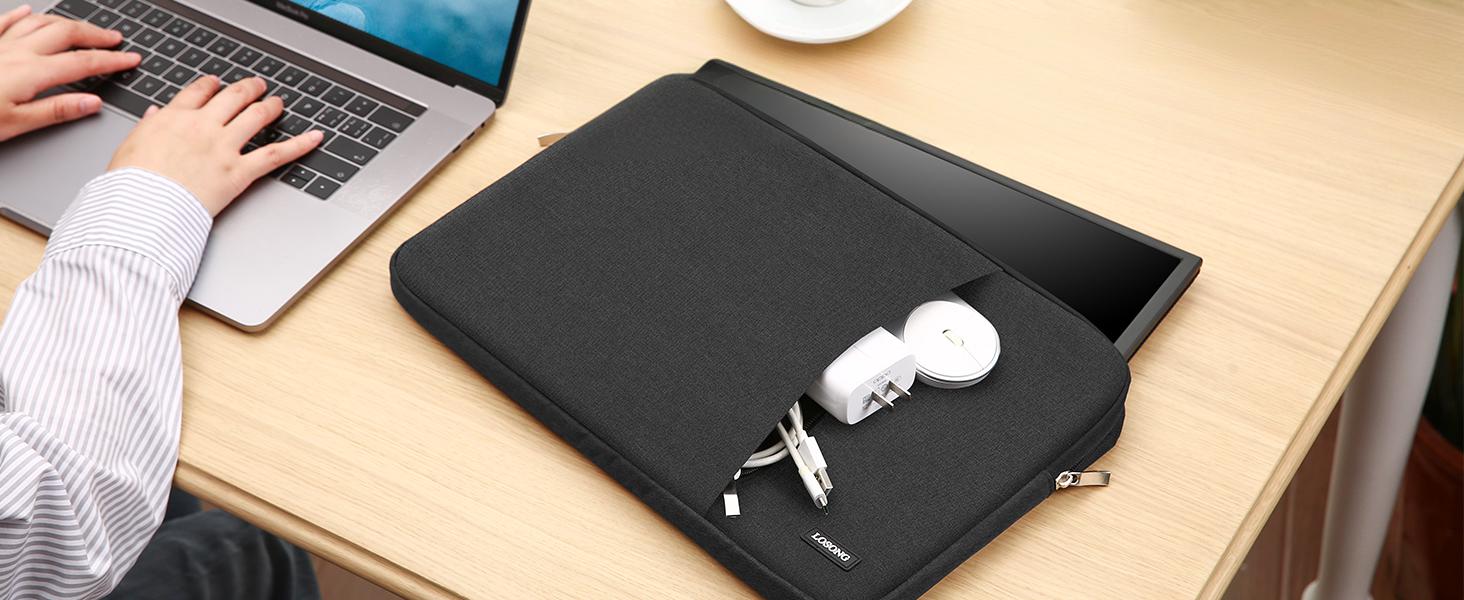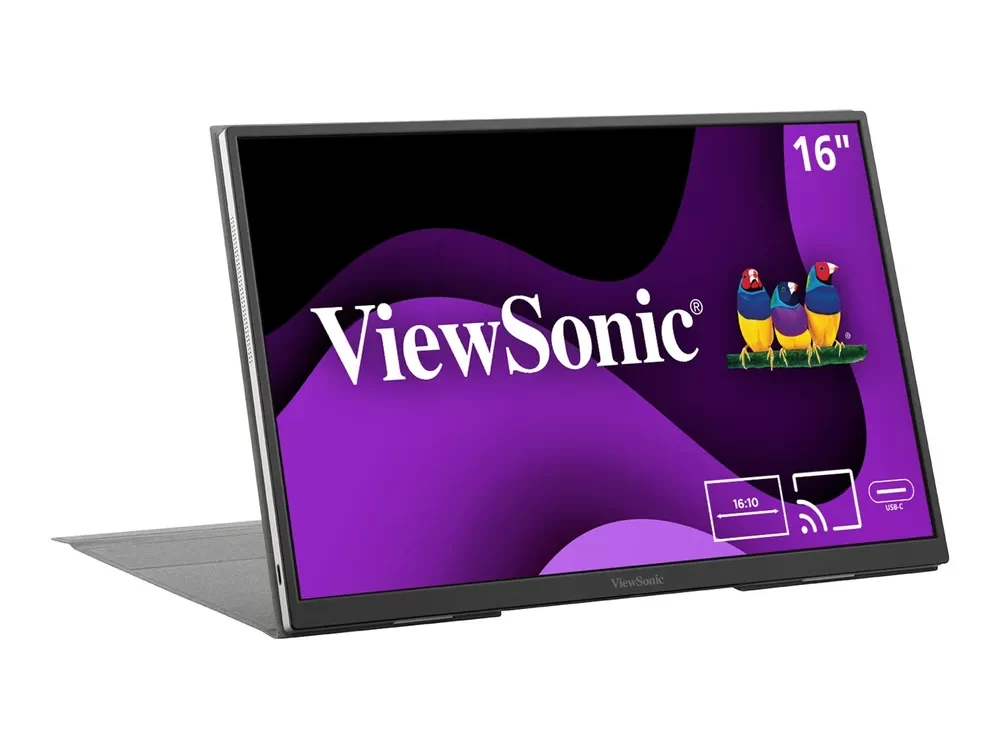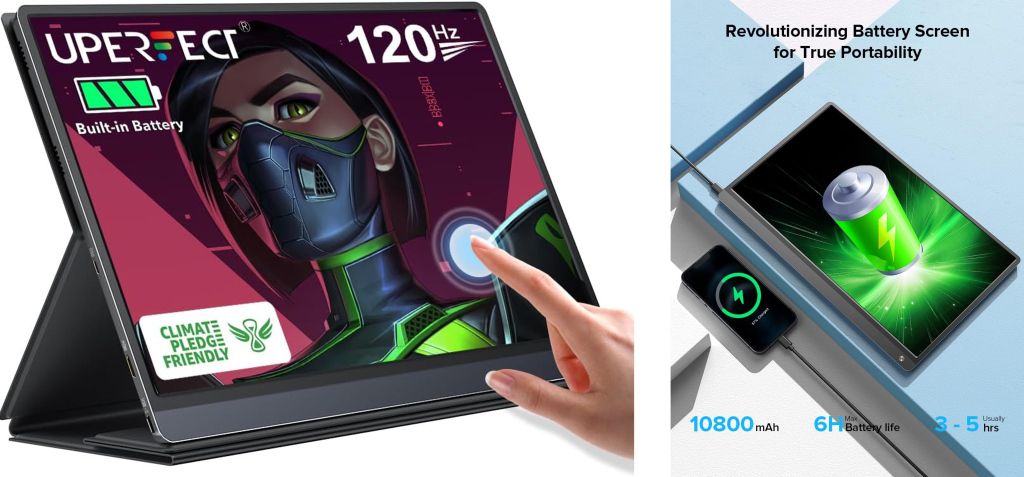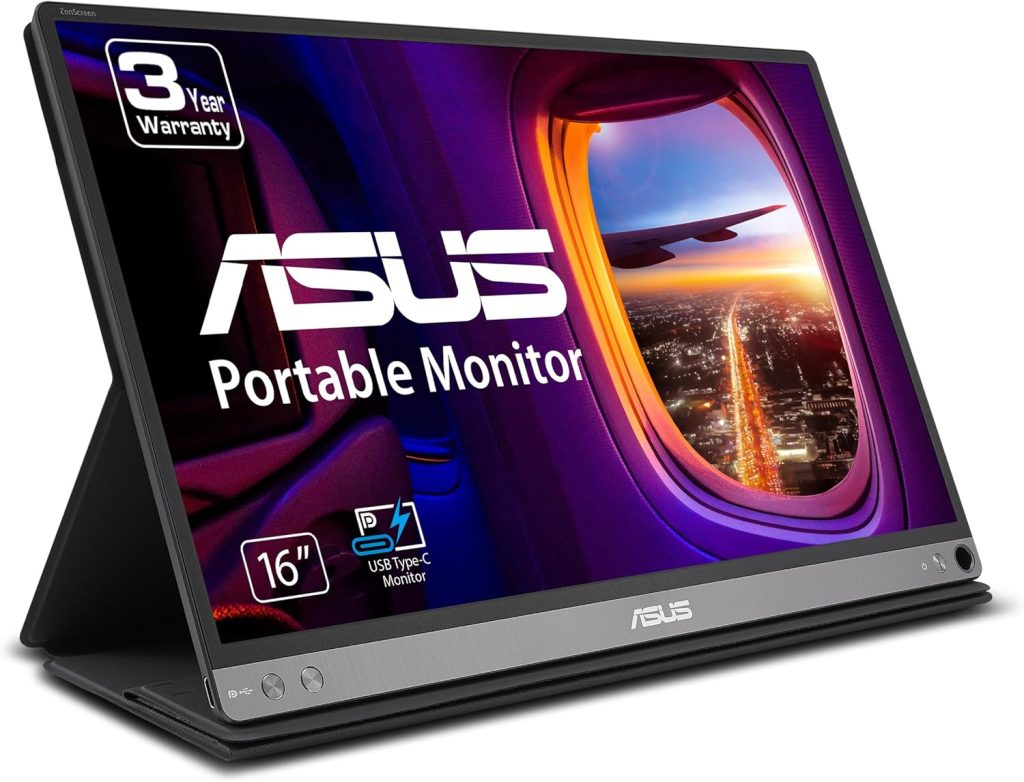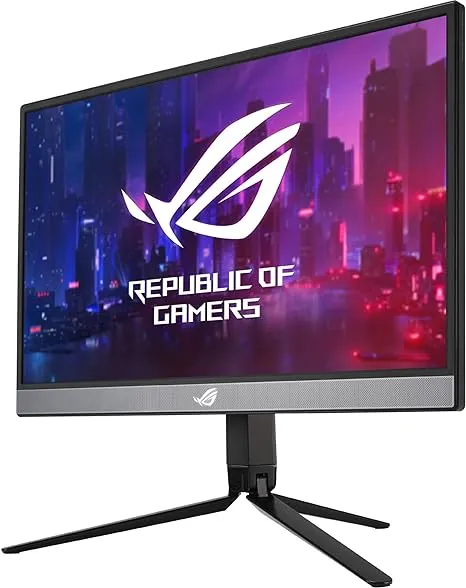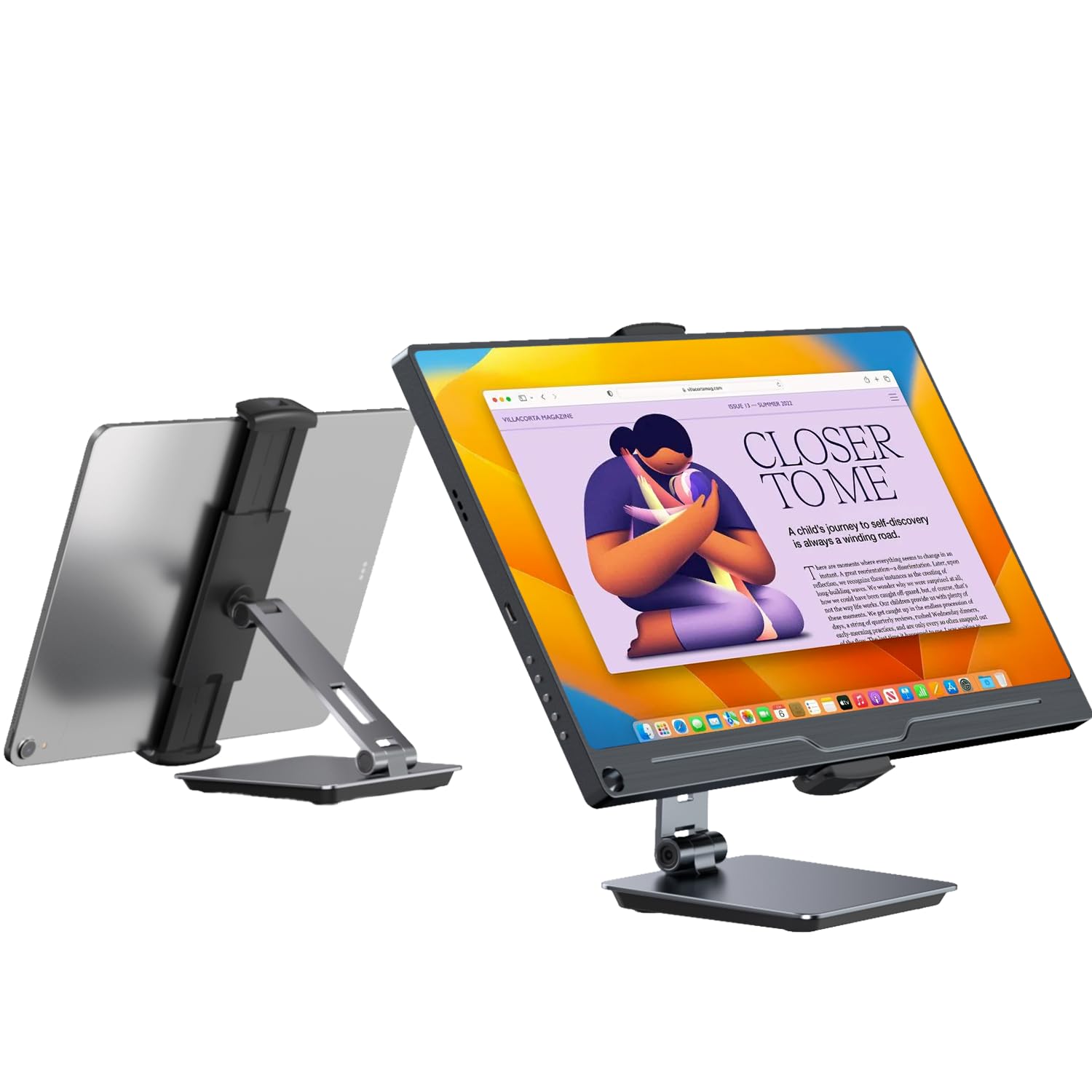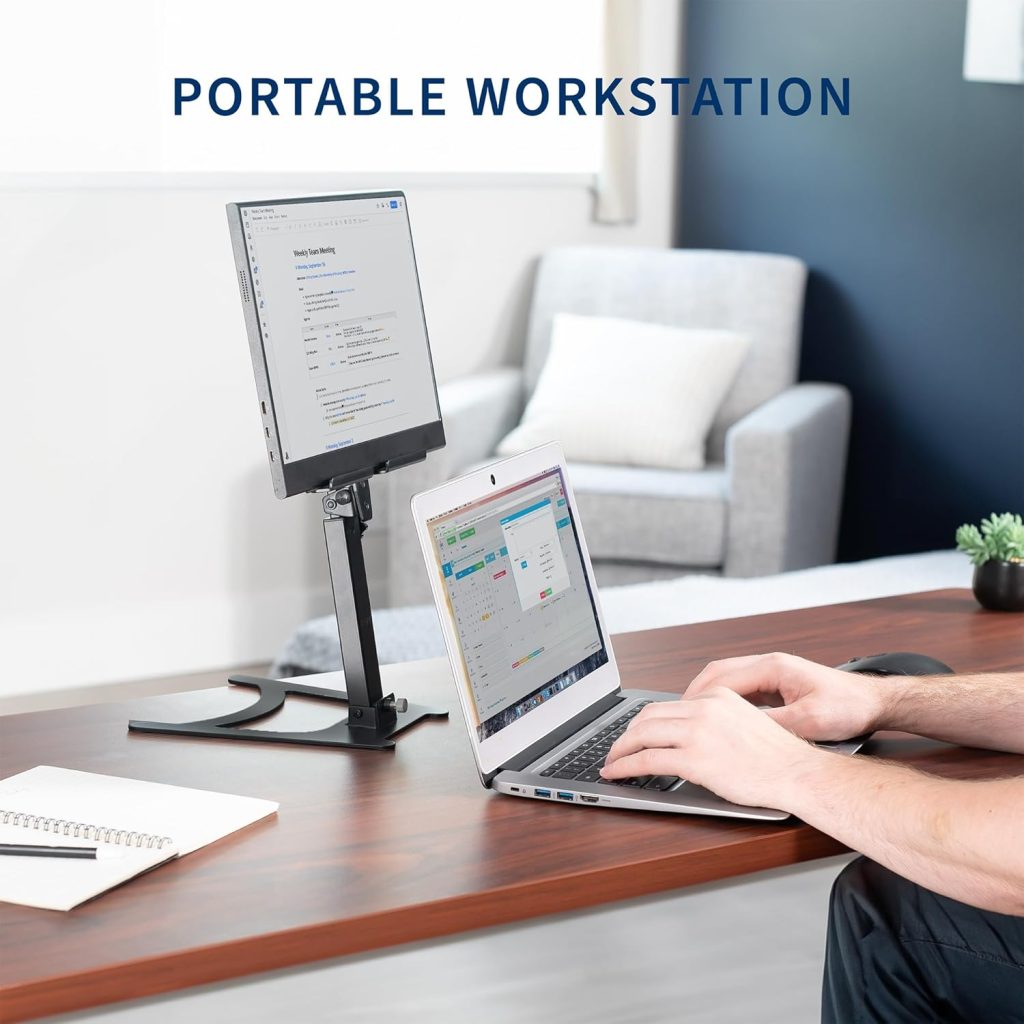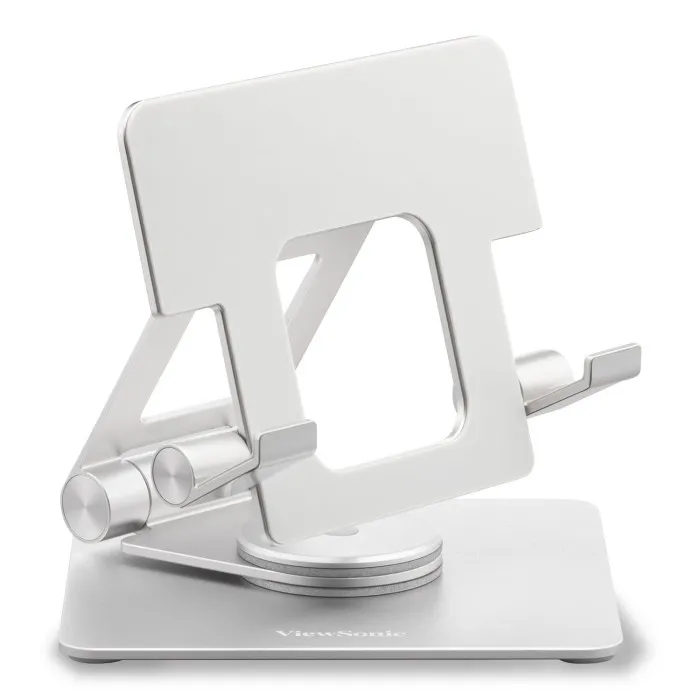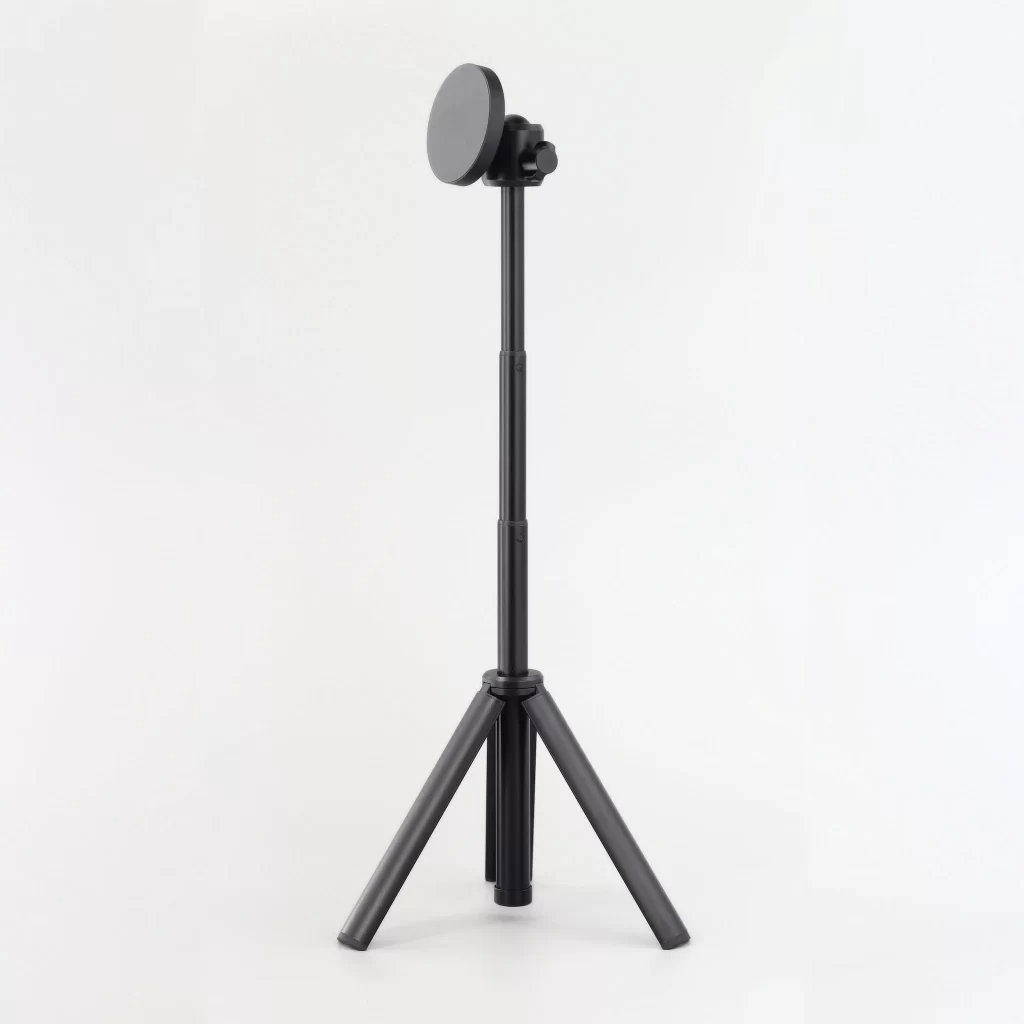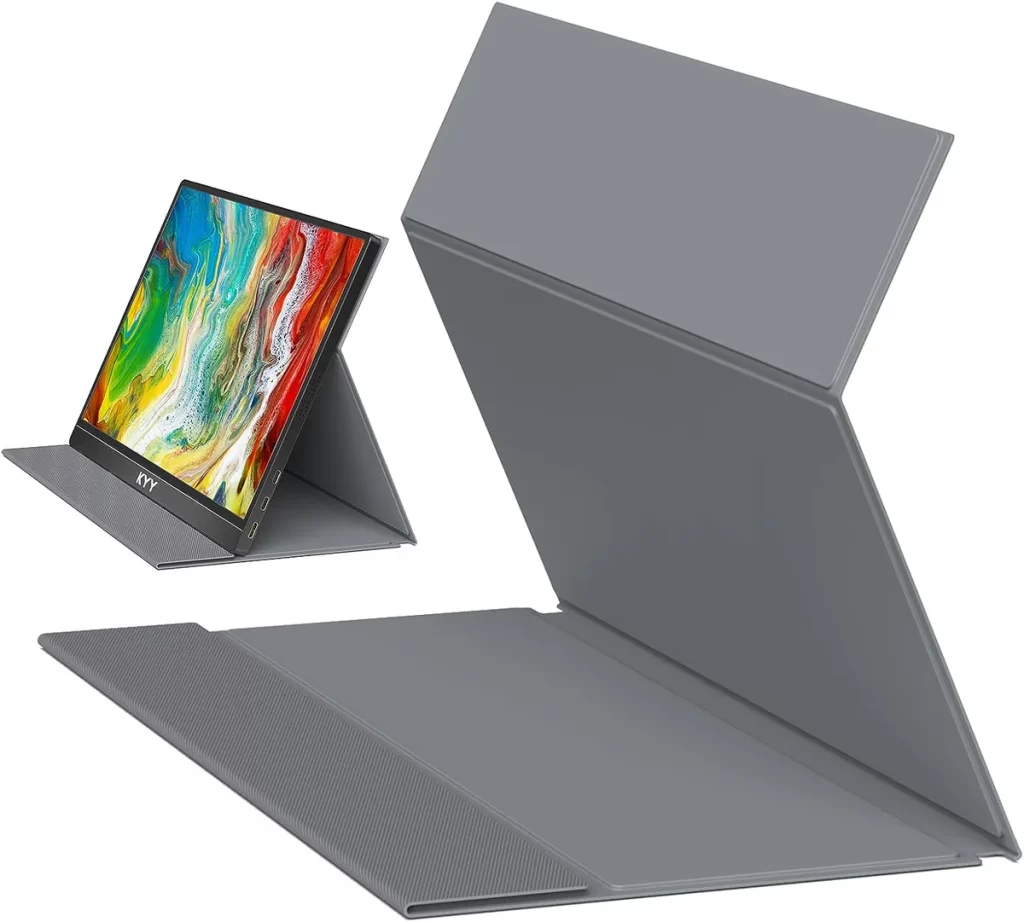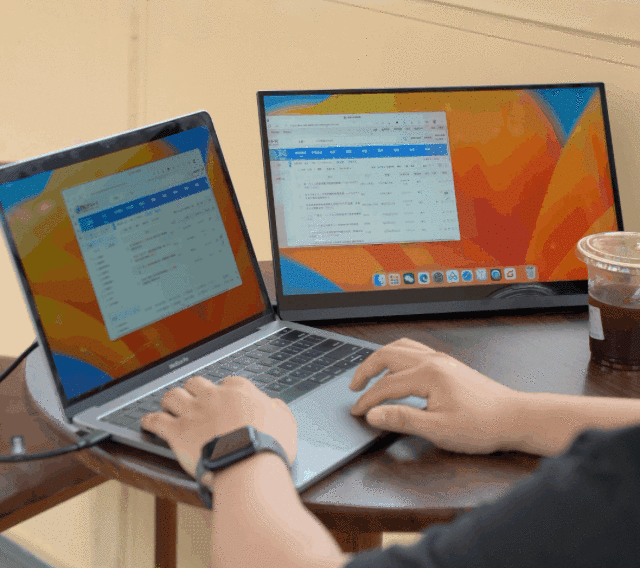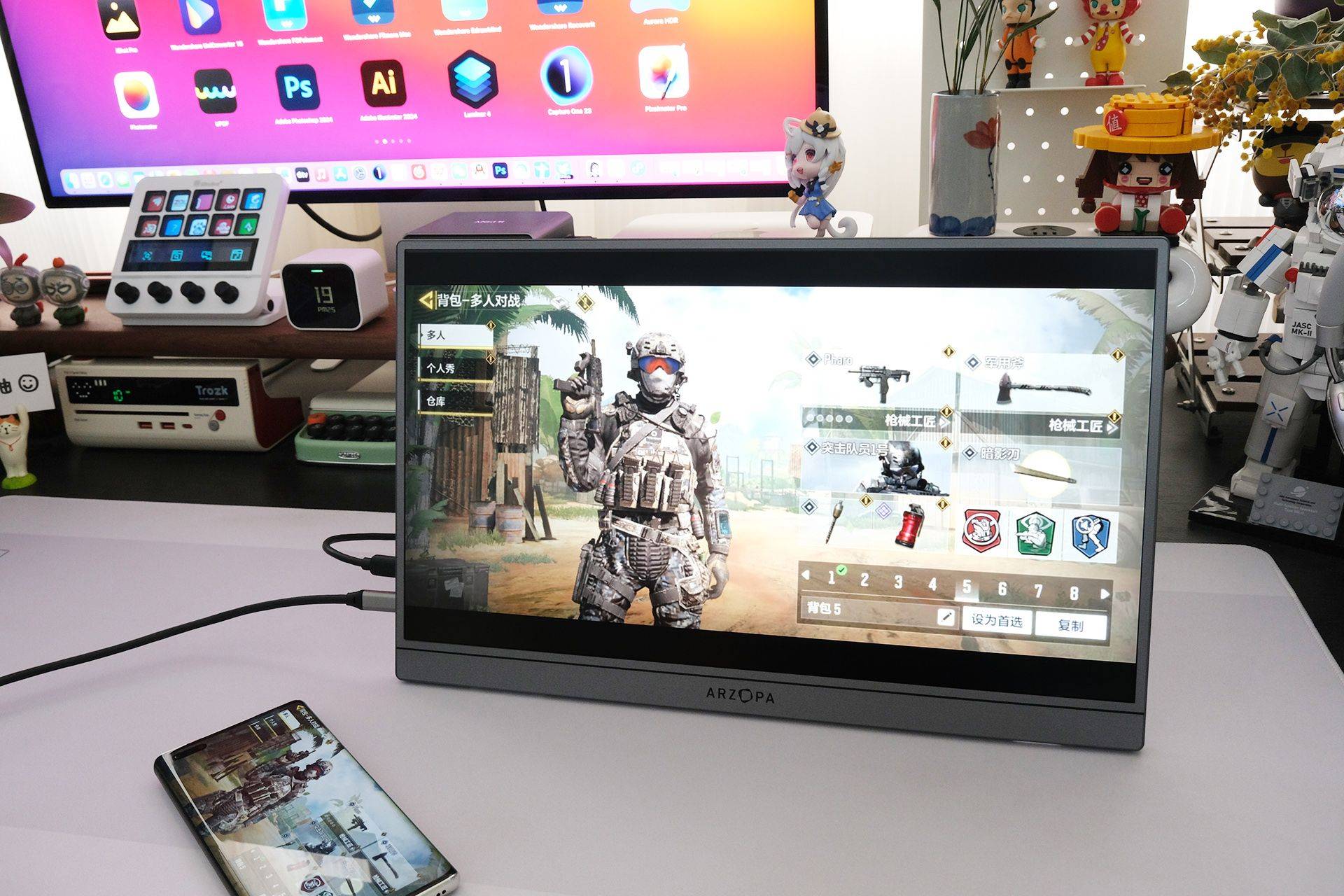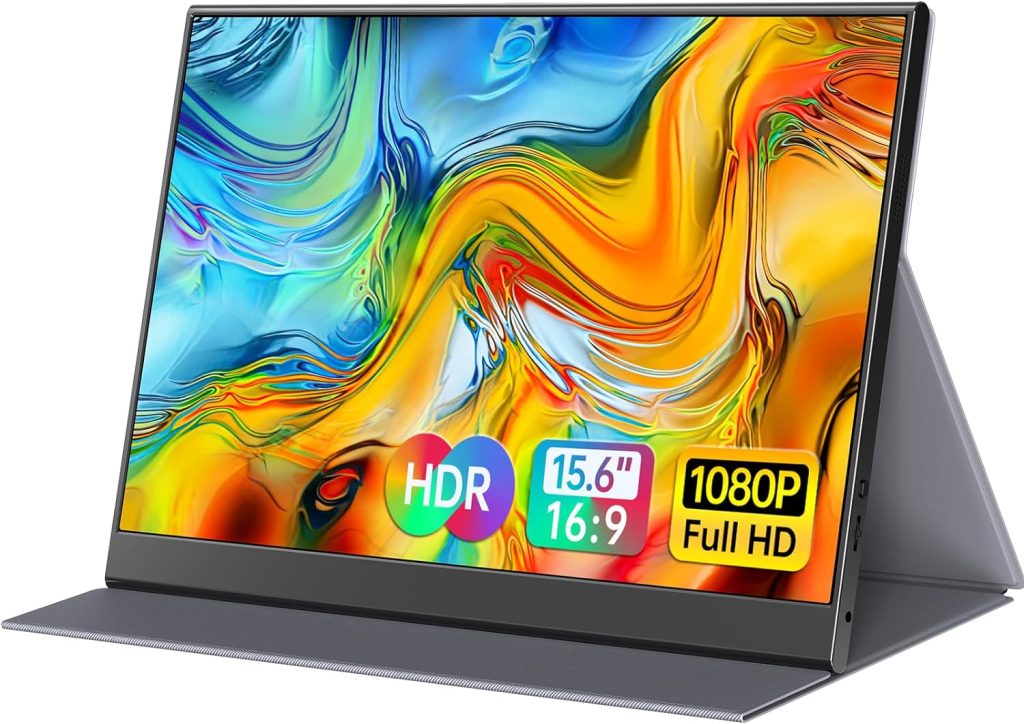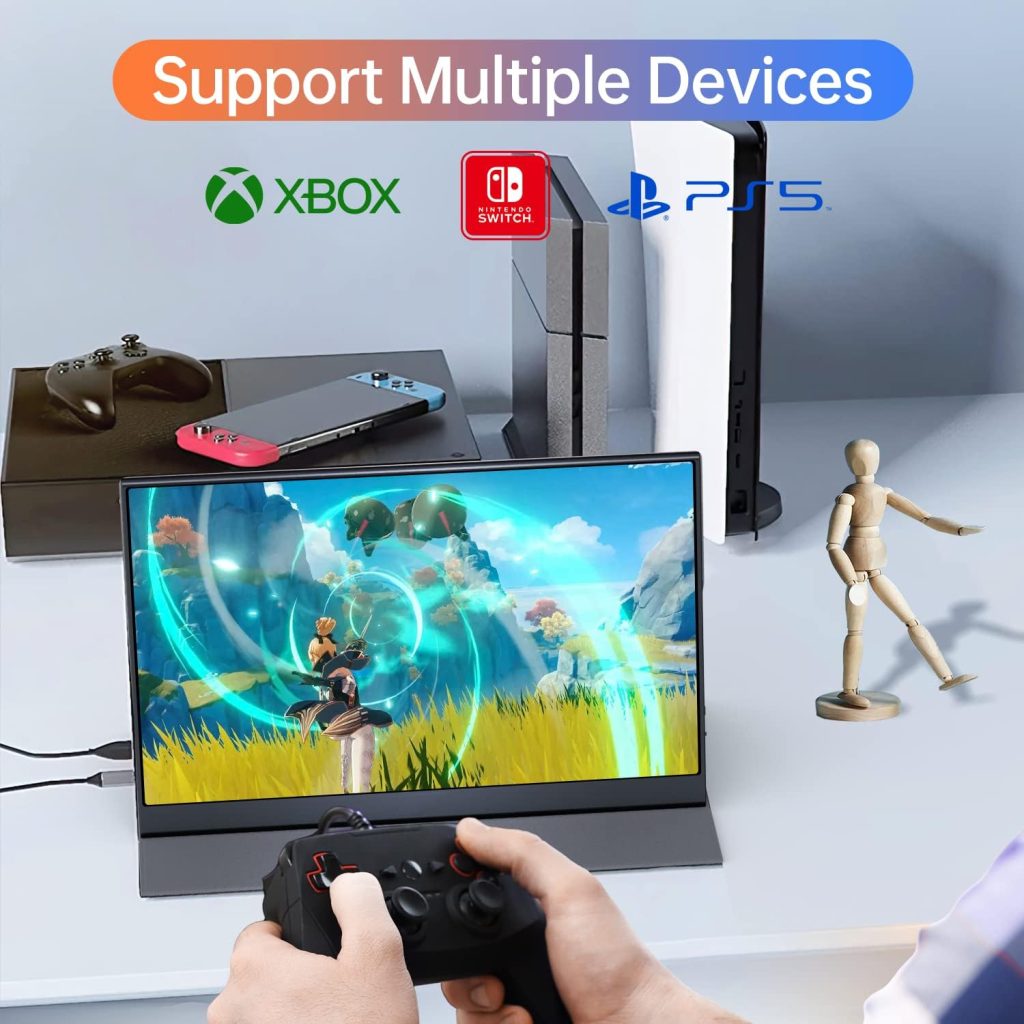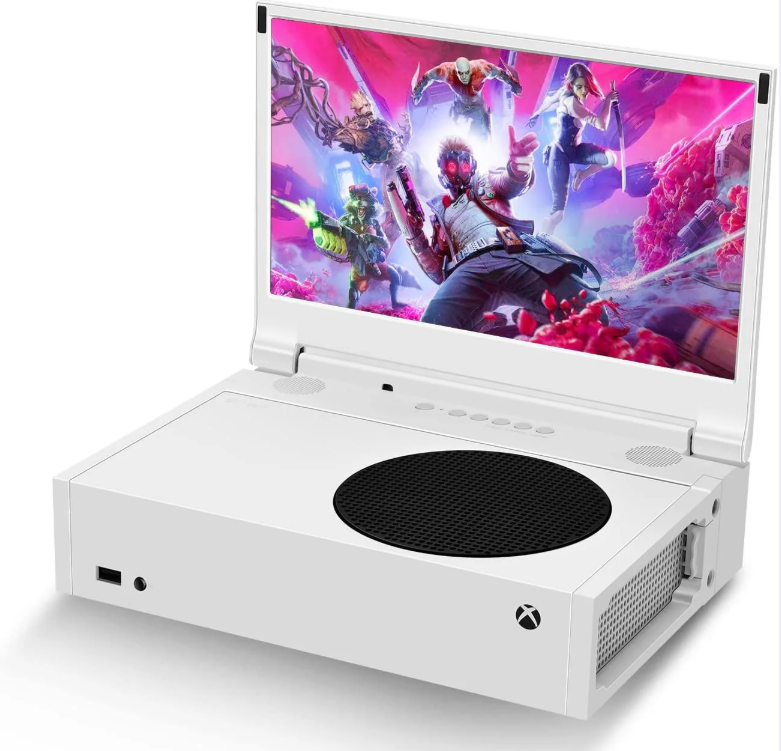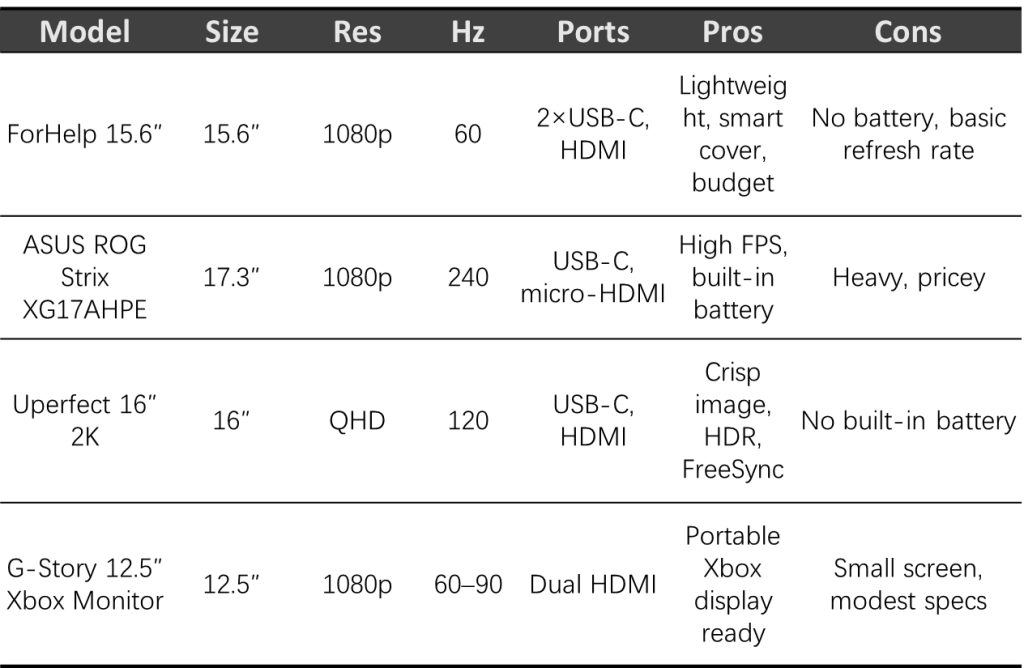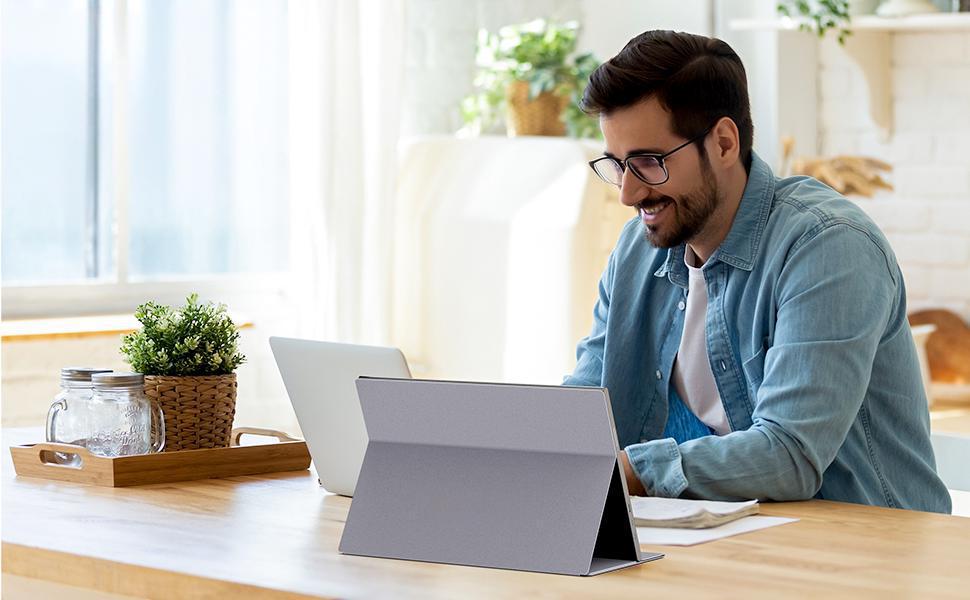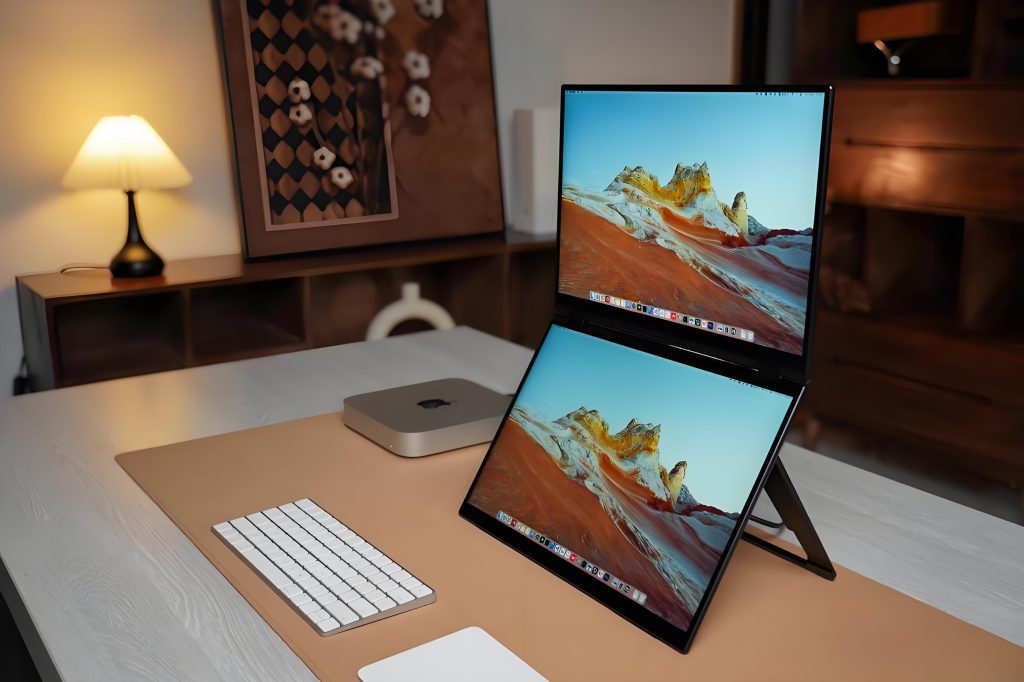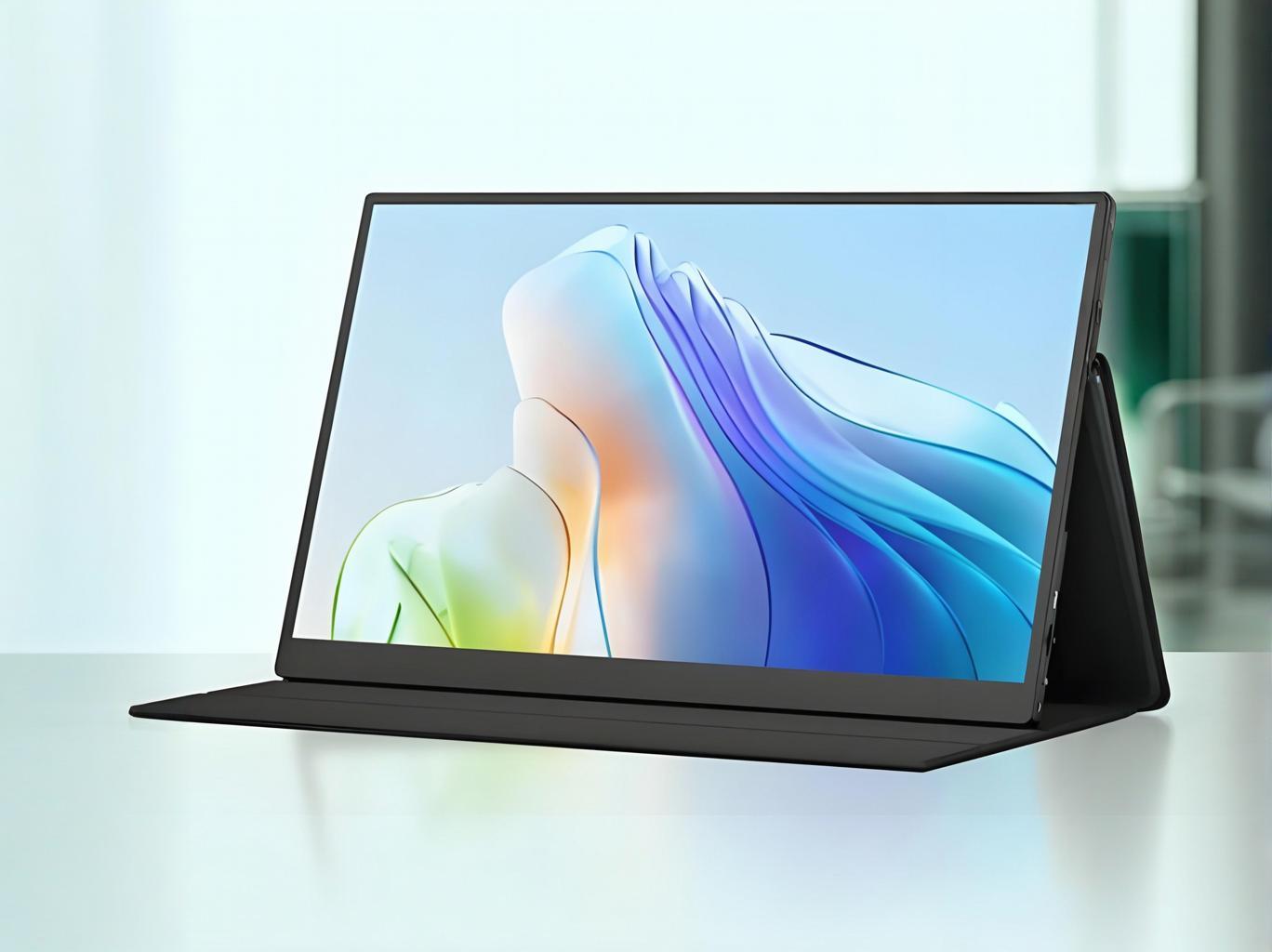A portable monitor sleeve is vital for keeping your screen safe during travel. Whether you own an Arzopa portable monitor, a Lepow portable monitor, or a Lenovo ThinkVision display, the right sleeve protects against scratches, bumps, and water. In this guide, you’ll learn how to transport portable monitors safely and choose the best sleeve.
1. Why Portable Monitor Sleeve Matters for Protection
A dedicated portable monitor sleeve adds cushion around your screen, essential for everyday transport. Unlike a smart cover or folio, sleeves protect against accidental knocks, sharp objects, and dust. They work well with HP portable monitor, Acer, ASUS, or Dell portable displays when placed inside a backpack or travel bag.
2. Material Comparison in Portable Monitor Sleeve
Neoprene Sleeves
Neoprene is soft, stretchable, and water‑resistant. It hugs the monitor snugly and fits brands like Arzopa, Lepow, forhelp and uPerfect portable monitor.
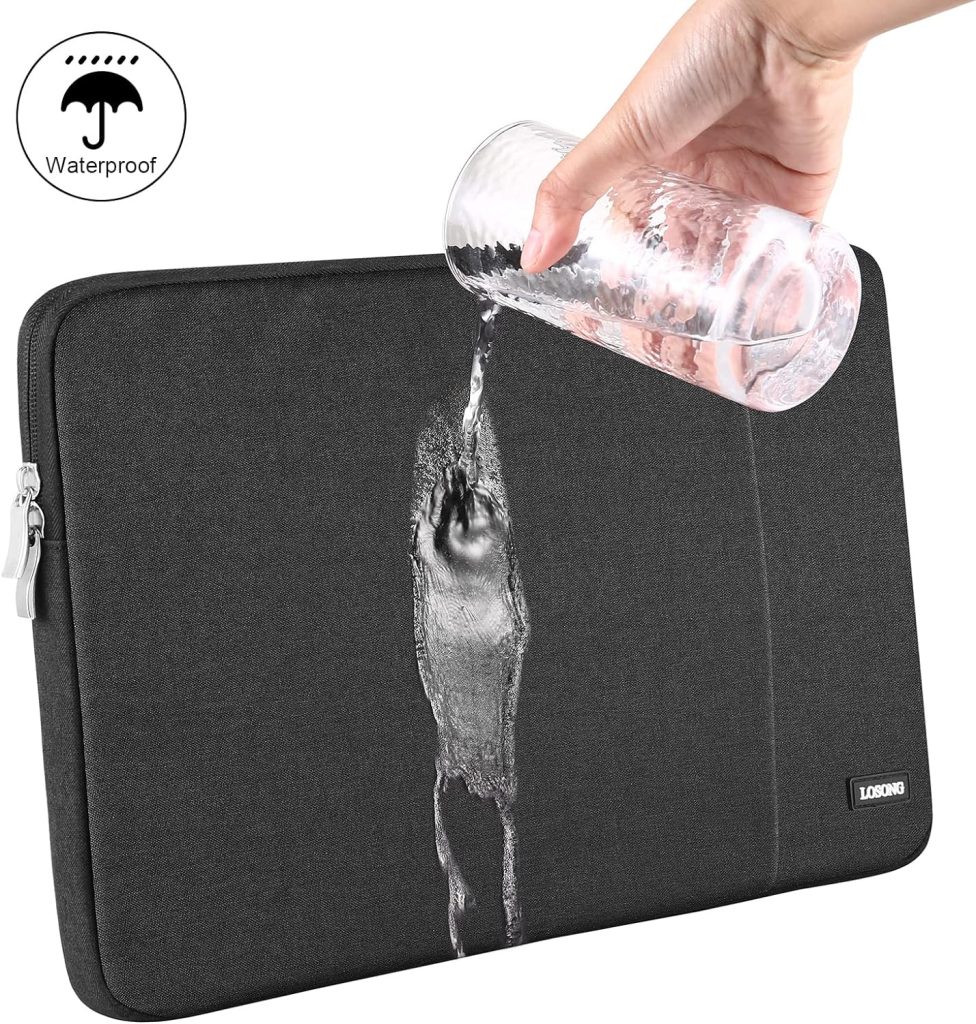
Leather (PU) Sleeves
PU leather looks sleek, resists scratches, and cleans easily. The Arzopa 16.1″ Portable Monitor Sleeve Bag uses water‑resistant PU leather with a soft lining to protect devices up to 17.3″. It’s slim, lightweight, and has magnetic closure.
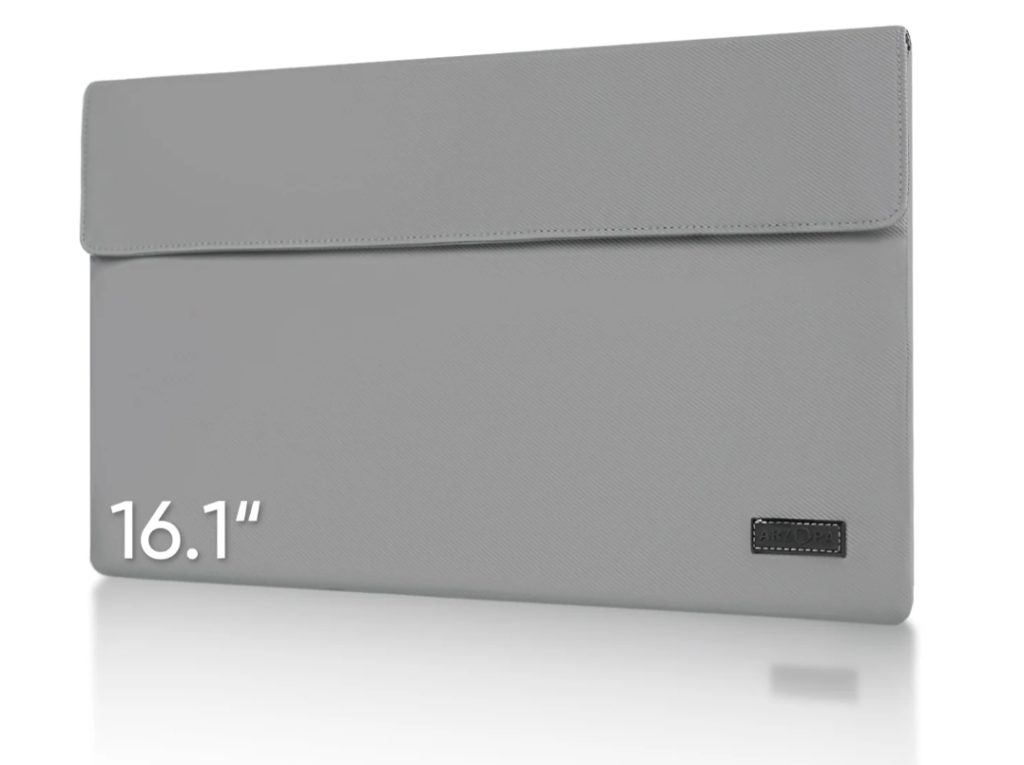
Hard‑Shell (EVA) Sleeves
EVA hard shell offers maximum impact protection. Ideal for fragile OLED portable monitor panels like ASUS, ViewSonic or Dell. It also helps during air travel where bump hazards are higher.
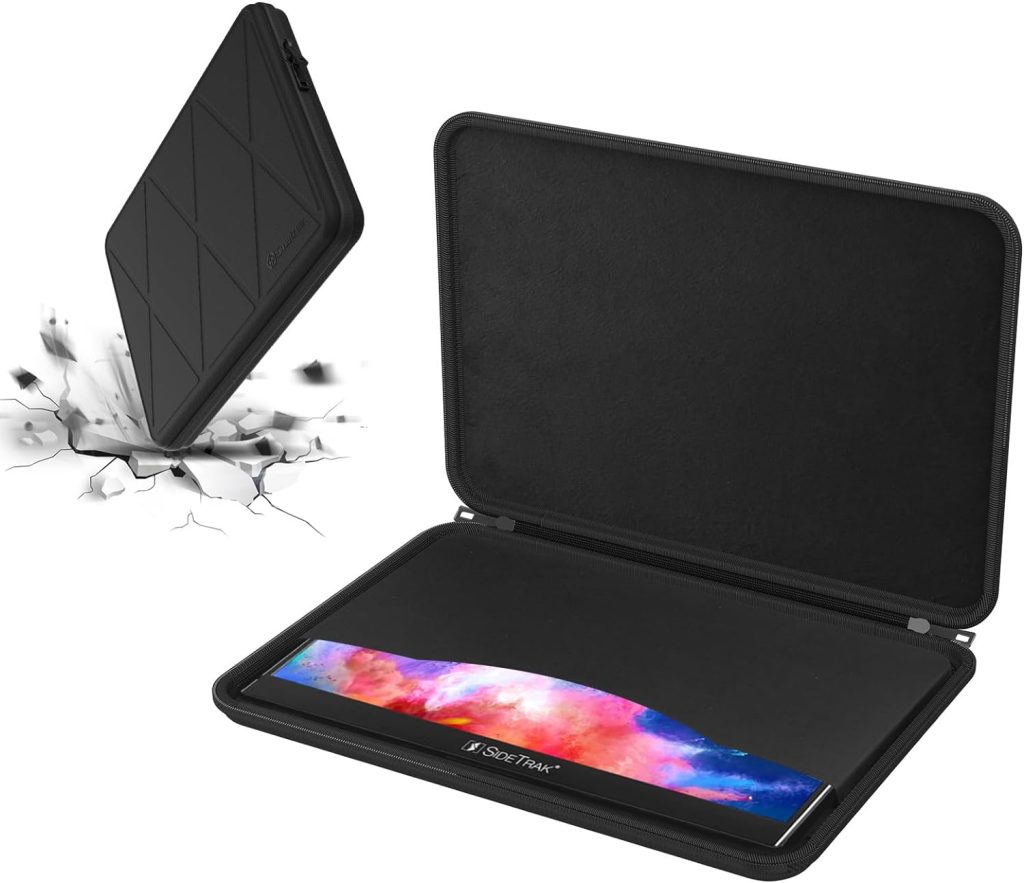
3. Portable Monitor Sleeve Size Guide (10.5″ to 17″)
Finding perfect fit is key. Sleeve sizes usually are:
- 10.5–12.5″: small
- 13–14.5″: medium
- 15.6–16.1″: large
- 17–17.3″: extra-large
The Losong 15.6″ case fits most screens from brands including KYY, MNN, ViewSonic, Arzopa, Lepow and Uperfect up to 15.6″. It offers water‑repellent polyester, soft velvety lining, and shockproof foam padding .
For 17.3″ monitors like Arzopa A1M or G‑Story models, the Losong 17.3″ sleeve also fits well .
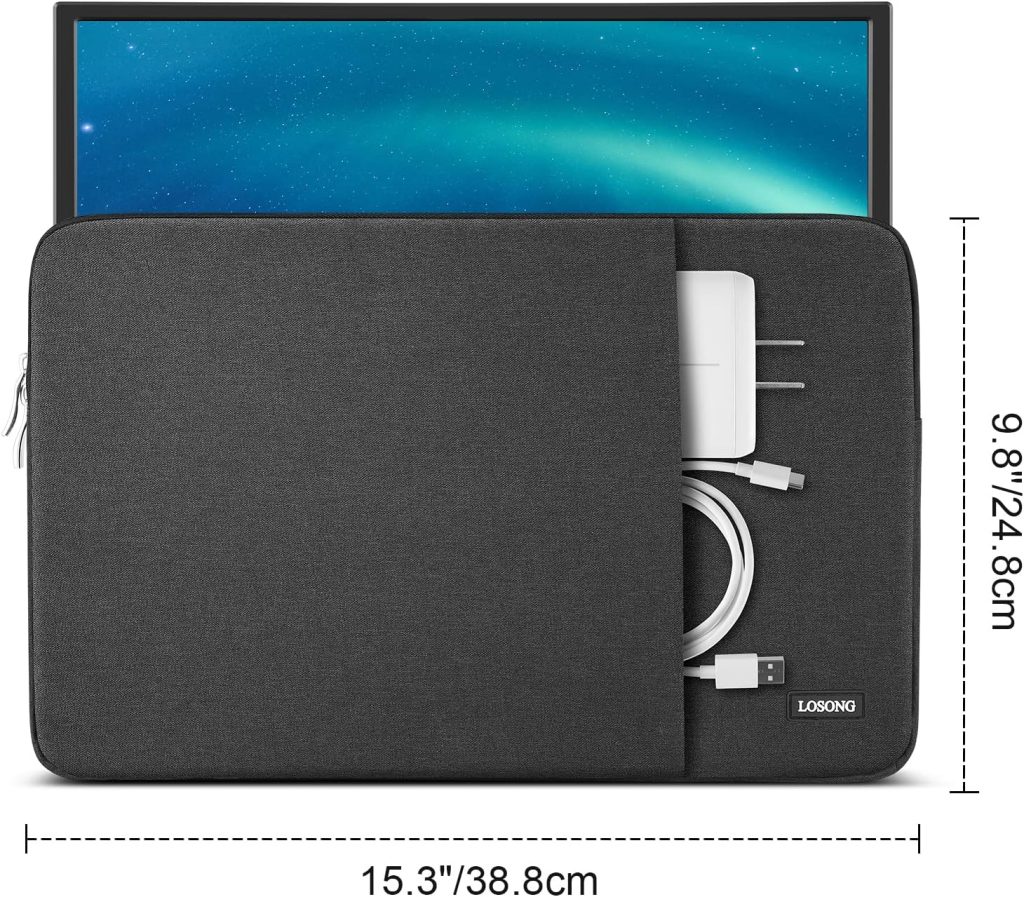
Amazon.com: Losong Portable Monitor Case 15.6 Inch
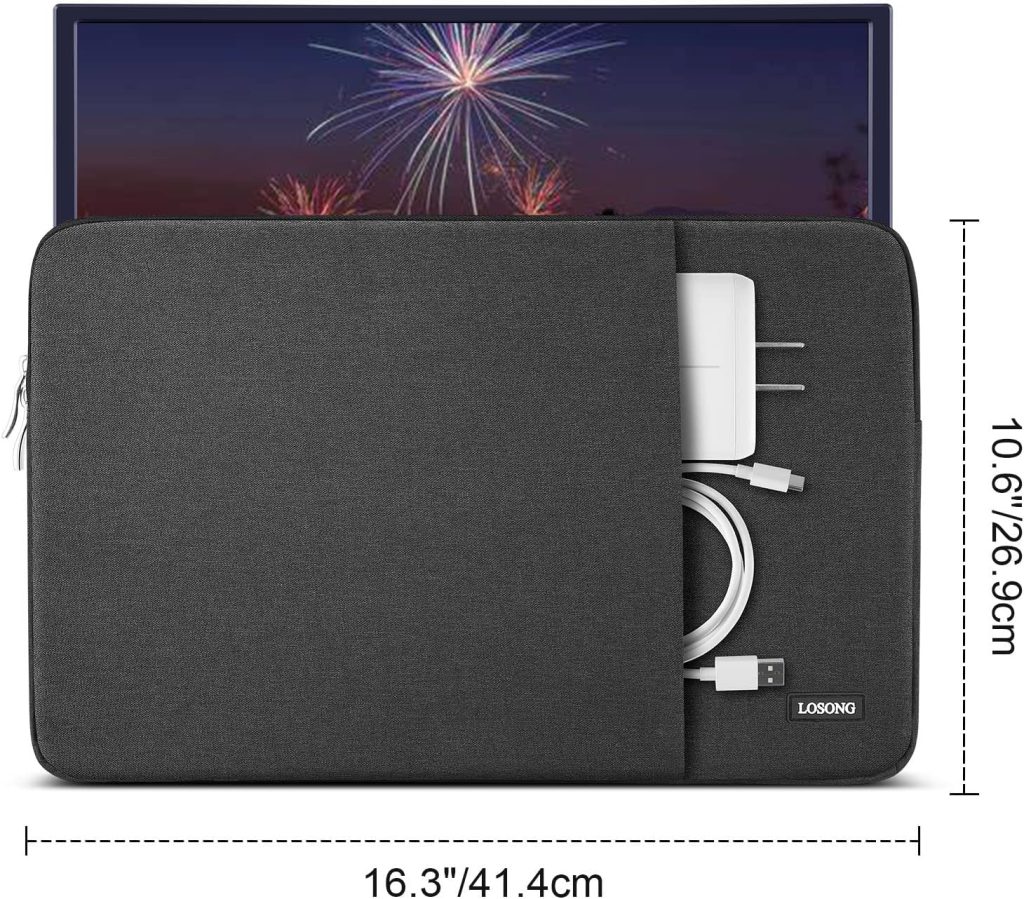
Amazon.com: Losong 17.3 Inch Portable Monitor Case,
4. Portable Monitor Sleeve Water‑Resistance Testing on Top Brands
Water resistance is critical. PU leather sleeves like the Arzopa sleeve are rated water‑resistant and resist dust and light spills. Meanwhile, polyester neoprene sleeves like Losong deliver effective water repelling. For travel in damp or rainy conditions, neoprene or PU sleeves perform much better than plain fabric.
5. Carrying Solutions in Portable Monitor Sleeve: Handles & Straps
Sleeves vary by carry design:
- Some have wrist handles for quick grab‑and‑go.
- Others include shoulder straps or accessory compartments for cables, power banks, adapters.
- Many Amazon sleeves like Losong include an external pocket sized for charger and cable storage.
Consider which carry style works best for your daily commute or travel.
6. DIY Custom Portable Monitor Sleeve Projects
If your monitor has an odd size, a simple DIY sleeve can be sewn using neoprene or felt. Add padding and a zip closure. You can also upcycle a laptop sleeve by trimming internal dimensions. Add a zipper, foam layer, and soft lining, tailored to unique sizes like dual‑screen setups or oversized AOC or ASUS ROG portable monitor.
7. Air Travel Protection Tips for Portable Monitors
- Always use a padded portable monitor case inside a larger bag.
- Avoid putting it at the bottom where heavier items press on display.
- Keep cables and accessories in one pocket so they don’t scratch the screen.
- When flying, carry it as your personal item to reduce jostling.
- Consider harder EVA shell sleeves if flying often or placing inside larger luggage.
For more on other portable monitor accessories, check out our guide on portable monitor stands , which also covers stands, tripod holders, and grips.
Conclusion
A portable monitor sleeve provides essential protection for your device. Whether made of neoprene, PU leather, or hard shell, the right sleeve extends your screen’s lifespan. Choose the right size, material, and carrying style for your gear—whether it’s a Lenovo ThinkVision, HP portable monitor, Dell, Acer, ASUS, or an Arzopa model. Good sleeves mean confident travel and longer-lasting performance.
